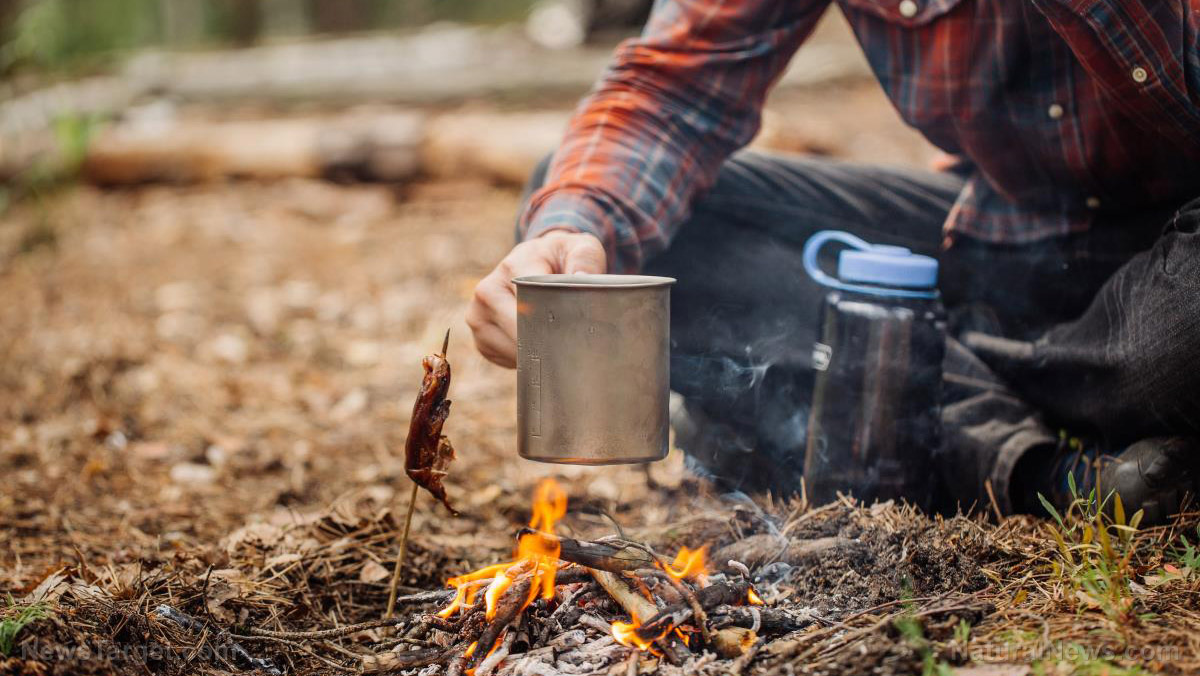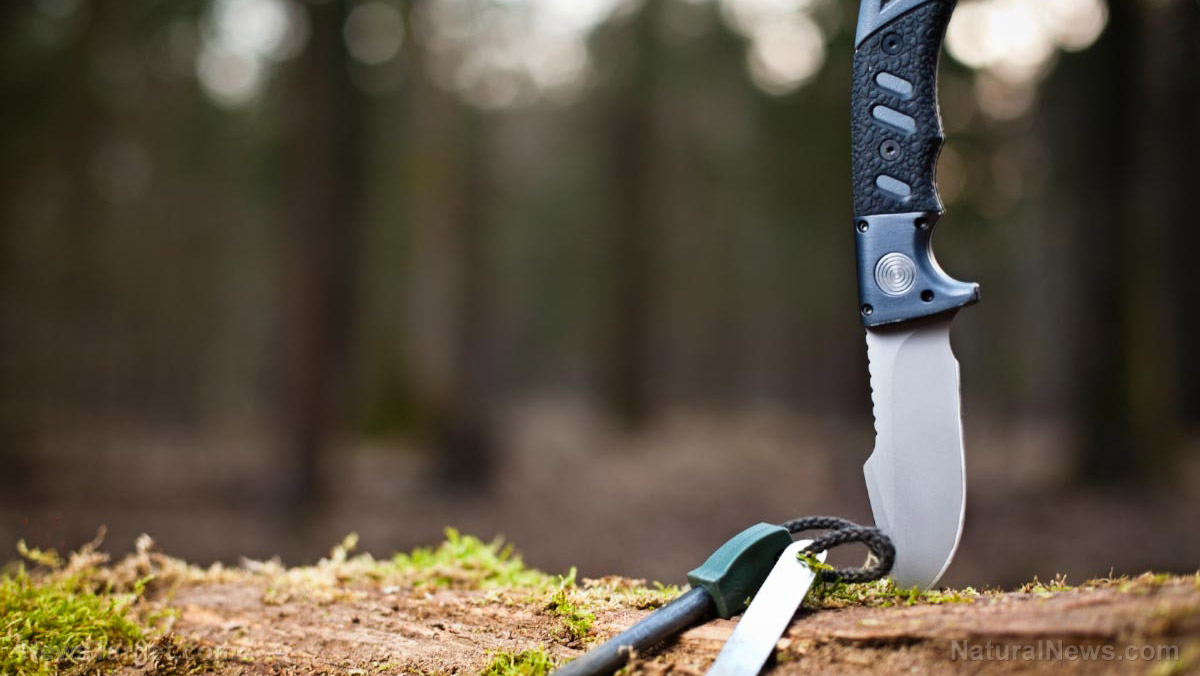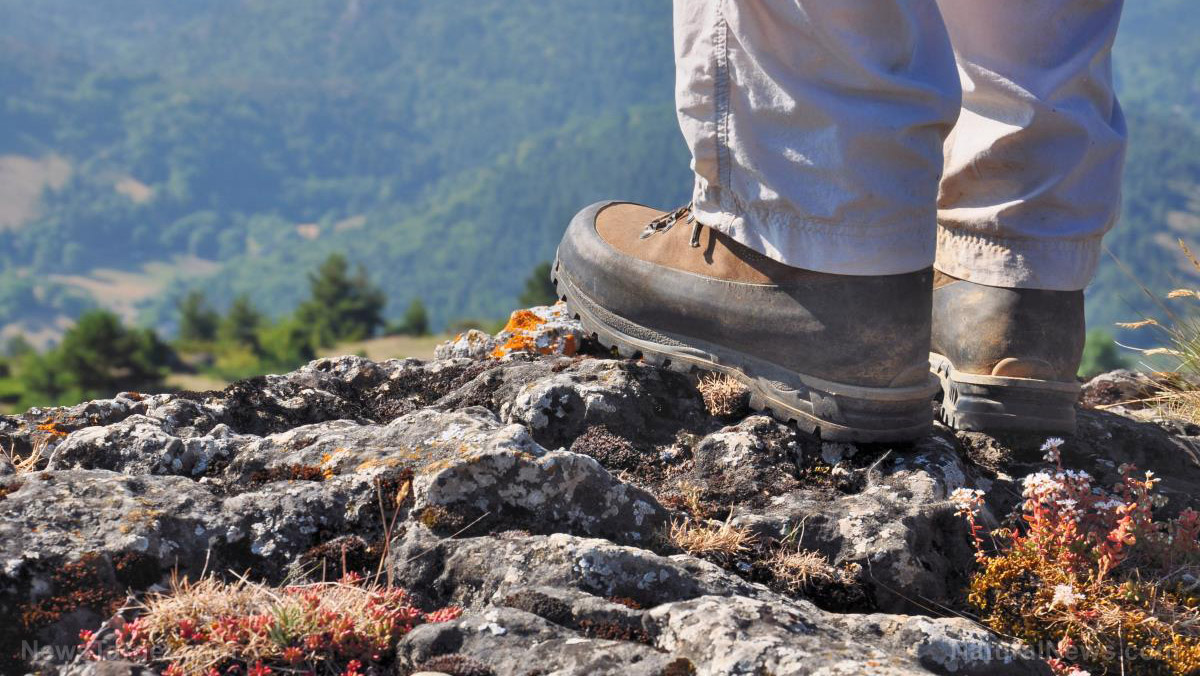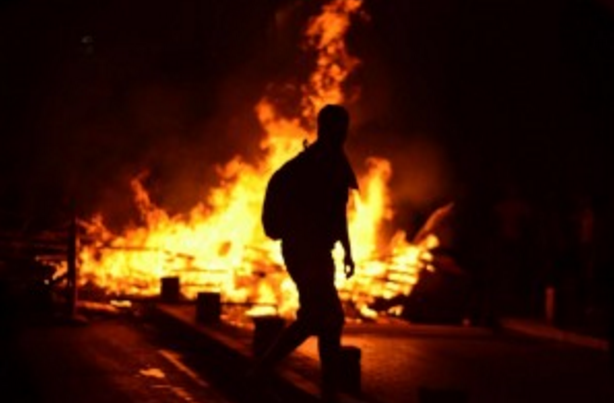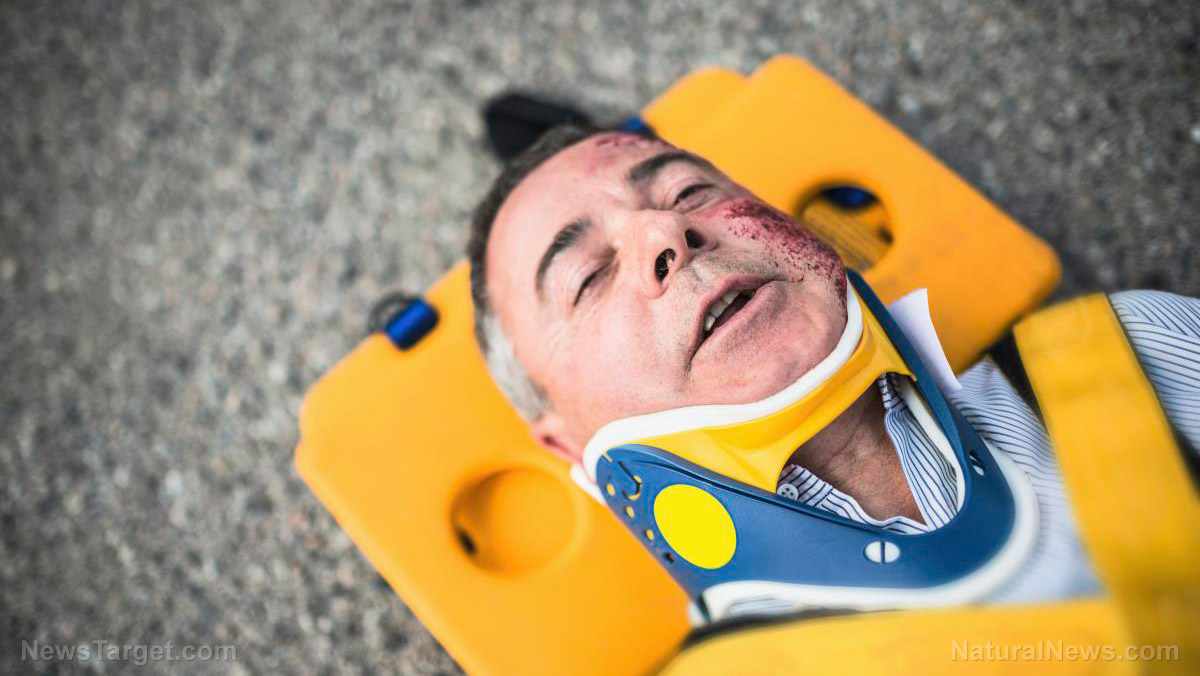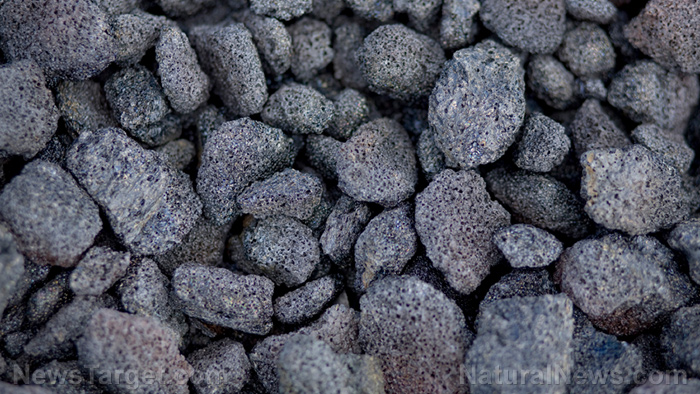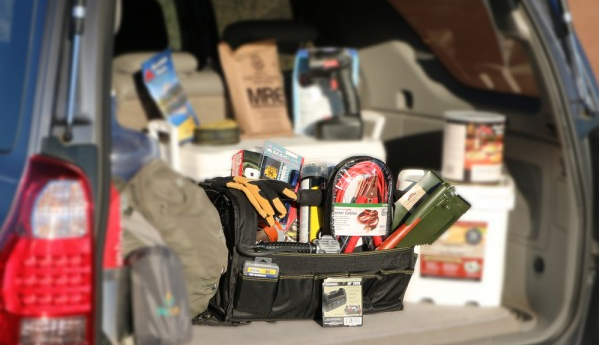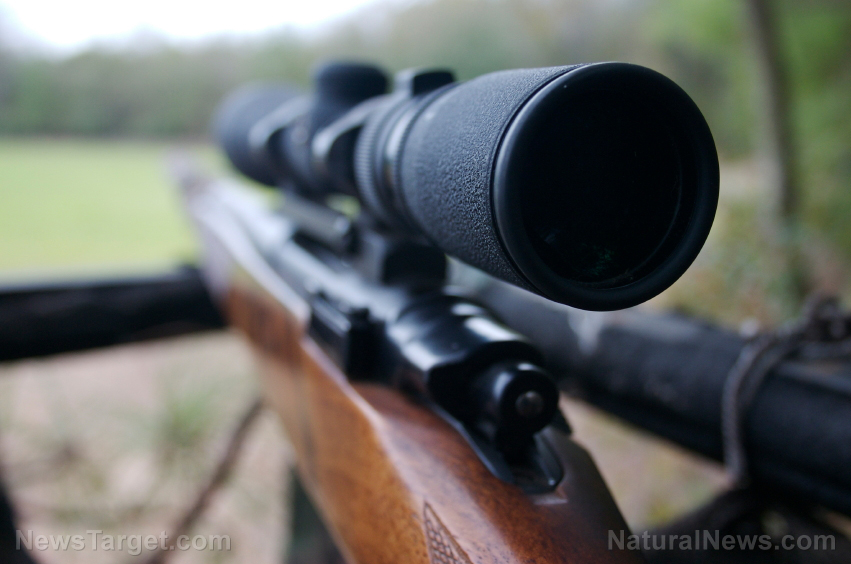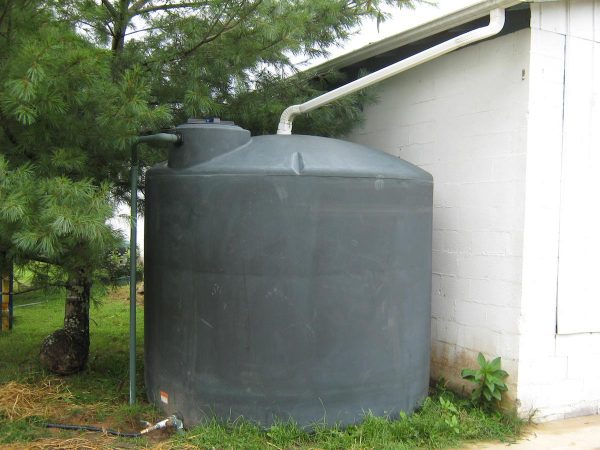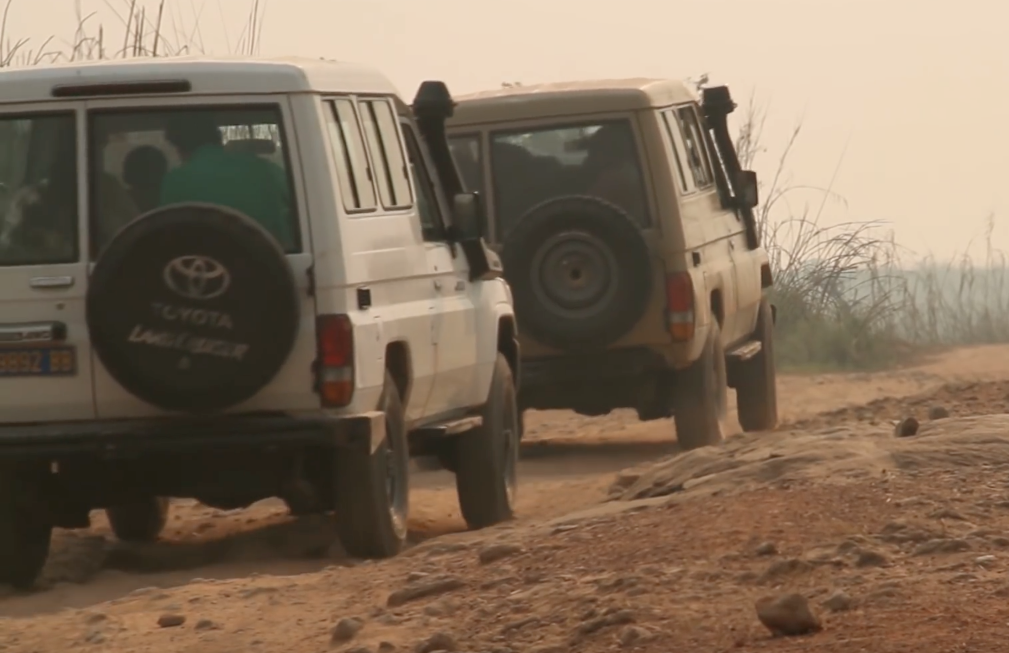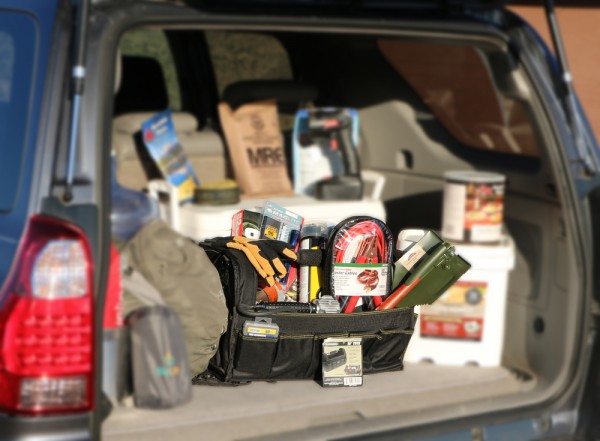Mylar emergency blankets are a staple in emergency kits, and you can use them to stay warm or to signal for help during a survival scenario. They’re also called “space blankets” because the material is also used for thermal control on the exterior surfaces of spacecraft. If you don’t have an emergency kit yet, prepare one today and include several Mylar blankets so you’re ready when SHTF. These blankets are made of Mylar foil material, and they’re cheap but multipurpose. (h/t to ModernSurvivalBlog.com)
Mylar blankets can help you stay warm during emergency situations because the reflective properties of the material help reflect body heat. Mylar blankets also have various practical uses for survival and emergency scenarios. These include:
- Boot filler – You can fill your boots with cut up pieces of a Mylar blanket if you need added warmth.
- Cabin heat reflector – If your cabin is too cold, line it with Mylar blankets to make it warmer.
- Campfire heat reflector – Set a Mylar blanket behind your campfire so the infrared heat will be reflected to your location.
- Extra warmth – Place a Mylar sheet under a blanket for extra warmth, especially if you’re sleeping in a very cold environment.
- Heat reflector for a cooler – Cover a cooler with a Mylar blanket to reflect heat away so whatever’s inside will stay cool.
- Holding water over a fire – Gather the corners of a Mylar blanket so it looks like a small sack and tie the bunched-up end with some string. Using a makeshift tripod made of sticks, you can use the sack-like formation to boil water over a fire if you need safe drinking water.
- Improvised rain poncho – A Mylar blanket can be used as a tarp for a makeshift shelter.
- Infrared thermal imaging blocker – Cover yourself with a Mylar blanket to block thermal infrared heat signature.
- Light reflector – Pieces of a Mylar blanket can be used as light reflectors behind a lantern or a candle.
- Protection from ground moisture – Since the blanket is waterproof, you can put one under your sleeping bag/small tent to protect yourself from ground moisture when you’re camping outside. The blanket will also reflect your body heat so you can stay warm.
- Radiator/wood stove heat reflector – Place a blanket behind a radiator or wood stove to reflect heat back into a room.
- Rainwater harvesting – A blanket can be used like a tarp if you need to catch rainwater, which can then be used for drinking water.
- A signaling device – If you’re lost, you can use a Mylar blanket as a reflector thanks to its highly reflective surface.
Other items to keep in an emergency kit
Aside from a Mylar blanket, make sure your emergency kit contains some (or all) of these items:
- First aid kit (sanitation/medical emergencies) – At least 0.5 kg of baking soda (can be used as toothpaste, deodorant, and wound cleaner), isopropyl alcohol (300 milliliter [mL]), hydrogen peroxide (300 mL), sterile supply of gauze and wraps, antibiotic ointment, a surgical stapler, and a suture kit.
- Navigation – A lensatic compass (to help you get your bearings/azimuth), local road maps (laminated, if possible) a notepad, and three pens/pencils.
- Personal defense/utility – A 9-mm handgun (because of ammo availability), gun holster, a .22LR Lightweight Hunting Rifle, a bore brush (1 oz. CLP), and a utility knife.
- Storage (e.g. backpack, etc.) – A 55-65 liter (L) backpack, a 20 L emergency/patrol pack, a 5-10 L waterproof bag, and a five to 10 L mesh bag.
- Water storage/sanitation – A 2.5 L hydration pack, two empty gallon milk jugs for untreated water, chlorine tablets, activated charcoal tablets, and a package of resealable plastic gallon bags
- Food/shelter – Rain poncho made of thick polypropylene, a zero-degree Celsius sleeping bag, a two-man tent/tarp, six bungee cords/100 feet of cord, one pound of nuts per estimated meal (a five-pound bag), a wide-brimmed hat, and polarized sunglasses.
You can read more articles about other useful gear that you might need when SHTF at Preparedness.news.
Sources include:
ModernSurvivalBlog.com
DefendAndCarry.com
Receive Our Free Email Newsletter
Get independent news alerts on natural cures, food lab tests, cannabis medicine, science, robotics, drones, privacy and more.














